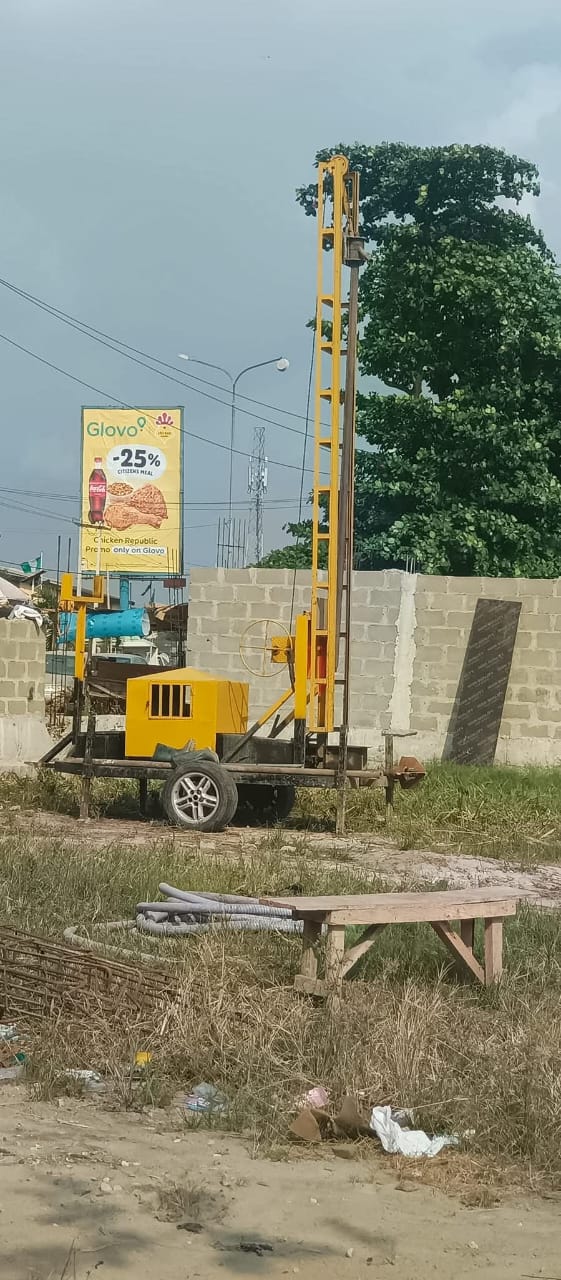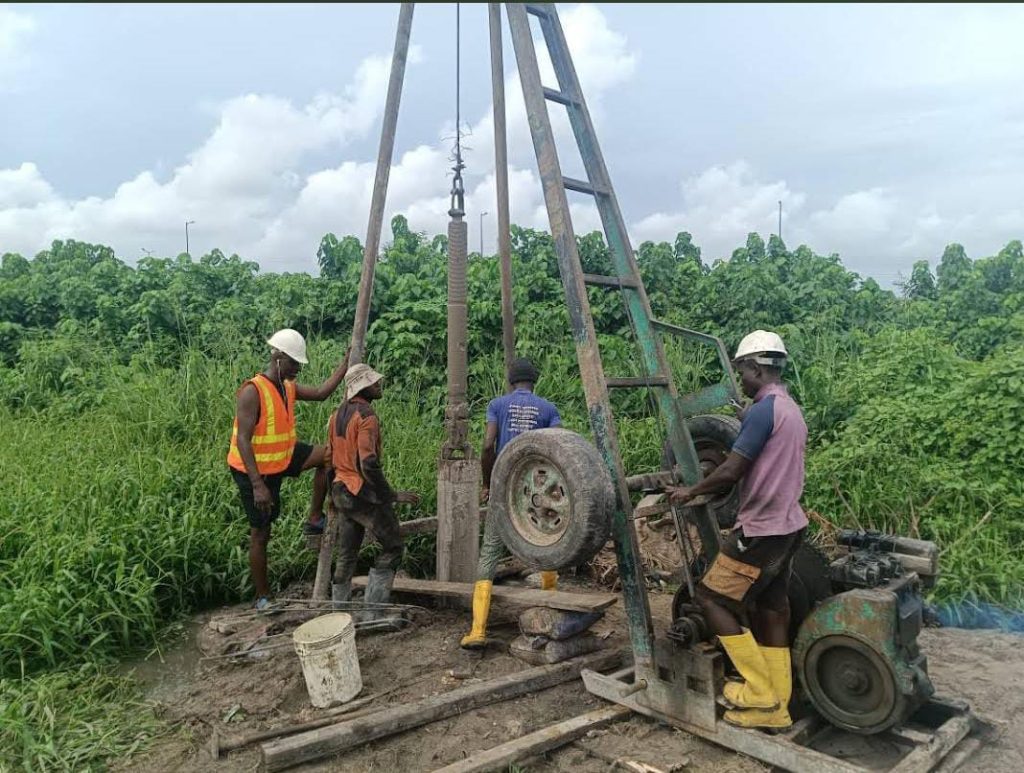Pile foundations are lengthy, thin constructions usually made of metal or reinforced concrete. They are structurally designed to transfer loads through weak, compressible material onto more compact, less compressible, more complex rock or soil more indepthly.
The deep insertion of these structures is so that a solid foundation on which the upcoming construction is going to be erected can be ascertained.
Pile foundation construction can also be defined as an aggregate procedure that requires extensive planning, accurate implementation, and a deep understanding of the underlying soil conditions. It doesn’t matter if you are an experienced contractor or an engineer working on a tall-building project; it is essential to comprehend the basic principle of pile foundation construction and what type is required given the soil type.
It is crucial to understand that pile foundation and pile are different, yet they work together to guarantee that piling can carry powerful loads. A pile foundation is commonly defined as the chain of pillars that act as the foundation for construction, even though the pile itself is the column that helps carry the load to the lower basement.
While piling in construction is the method of drilling pile foundations into the foundation underneath a construction structure. These piles transfer loads from the structure to the foundation, aiding its support. Pile foundations are commonly employed when the foundation is not strong enough to support the structure.
Several kinds of pile foundations are used in construction, but they all have one major significance: transferring loads from a building into the land.
Let’s consider some significant things you must take into consideration in your construction projects as concerning Pile foundation.
ENGAGE AN EXPERIENCED ENGINEER
It is important to engage the service of an engineer in order to assess the soil condition as well as determine the depth, capacity, and type of the pile foundation required on the land. Pile foundation construction also requires an expert and experienced engineer since this structure that will be carrying the whole building. At CPack 01; Pile foundation construction is at the core of our construction services and you can readily reach out to us about your next project involving constructing a pile.
SITE INVESTIGATION AND ORGANIZATION
This activity comprises so-called geotechnical surveys, soil sampling, and describing the site’s geology.
Accessing your site is an effective way to determine the most appropriate type of pile foundation, the minimum pile depth, and the minimum pile spacing.
PILE MATERIALS AND TYPES

Different materials can be used in construction of pile foundations such as timber, steel, concrete and composite materials. Choosing a particular material to be used will depend on the merit and demerits of each of the materials to be used as well as what the kind of material the project requires.
Different types of piles are:
- Driven piles: These are piles that can be driven into the ground by pile drivers.
- Bored piles: These are piles that can be made by boring into the ground with a drilling rotary engine.
These are made by screwing an auger into the soil, then casting concrete into the hole.
PILE DRIVING AND INSTALLATION
Pile driving is the procedure of erecting piles into the land. This can be done via diverse procedures, like drilling, impacat, and vibratory driving.
To achieve pile driving, effective planning and guarantee must ensure that the piles are mounted properly. Oversight is also essential to prevent damage to surrounding buildings or utilities.
PILE CAPACITY AND LOAD TESTING
Pile capacity is simply the highest load that a pile can carry. This is commonly determined via static c load testing or dynamic load testing.
Static load testing involves applying a step-by-step load to the pile and gauging its settlement. Dynamic load testing involves using a sudden load to the pile and gauging its backlash.
DESIGN AND CONSTRUCTION OF PILE FOUNDATION
Before you embark on Pile foundation construction, a thorough plan must be considered. Pile gaps, soil conditions and Pile depth must be adequately considered. Usually, the construction process involves excavating pits for pile, erecting the Pile and filling with well mixed concrete.
CHALLENGES AND SOLUTIONS IN PILE FOUNDATION CONSTRUCTION
Before you embark on pile foundation construction, it is important to consider the soil condition on the asset. Here are some common challenges to look out for.
What are these common challenges? They are:
Challenging soil conditions: Areas where soil conditions are complicated can make Pile foundation construction very difficult and unachievable, such soil conditions are smooth clay or hard rock.
Environmental Problems: Pile foundation construction can cause environmental effects like soil disturbance or noise pollution.
Safety hazards: When working at heights, or heavy equipment, pile foundation construction can be quite unsafe and dangerous.
To overcome these difficulties, contractors can employ initiative solutions like:
Sophisticated pile driving methodologies can help reduce noise pollution and other environmental effects.
Durable materials: The use of durable materials can help lessen the environmental consequences of the project.
Safety measures being put in place can help reduce safety risks and ensure a secure working environment.
SAFETY PRECAUTIONS
Pile foundation construction can be unsafe, mainly when working at heights or with heavy equipment. A few vital security precautions are:
- Personal protective machinery includes the use of industrial standard helmets, security goggles, and earplugs.
- Fall protection: this includes lanyards, harnesses, and security nets.
- Equipment security involves routine maintenance, check-ups, and trainings.
ENVIRONMENTAL FACTORS AND DURABILITY
Pile foundation construction can have environmental effects like noise pollution or soil disruption. To cut back these impacts, contractors, and engineers can use durable practices like:
Thoroughly monitoring the project to make sure wastage of resources is properly managed.
You should also have in place noise reduction measures, to prevent noise pollution to other residents in the community. See to it that your local ecosystem is preserved, this can help conserve local wildlife and reduce the project’s environmental impacts.
PRESERVATION AND INSPECTION
Routine maintenance and checkups are essential to promote the lifespan and security of pile foundations.
Some key maintenance and supervision tasks include:
Checking for possible damage or degradation
Overseeing pile settlement
Examining pile capacity
Repair of damaged piles
—
Pile foundation construction can be very complex and thus requires cautious planning, accurate implementation done by an experienced construction engineer.
Looking for a reliable, experienced Real Estate developer with a proven track record to handle your construction projects? CPACK01 is your sure consultant. You can contact us on (+234) 8167474150, 08165000990 or send us an email at info@cpack01.com.


